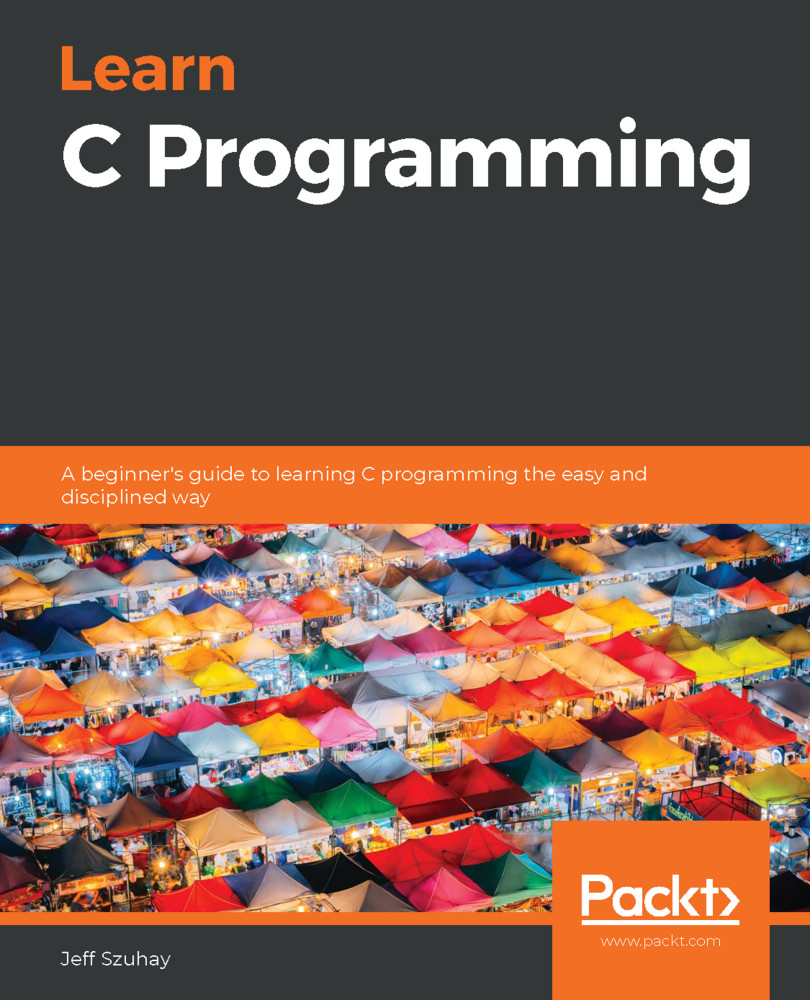The two types of files we will use to group functions are header files and source code files—or, more simply, just source files. Nearly all of the programs we have created thus far have been single-file source files that have included struct and enum definitions, typedef keywords, function prototypes, and functions. This is not typical in C programming; we have only been doing it to keep our programs rather more condensed. It is far more typical for C programs to consist of a main source file—where the main() function is defined—and one or more header files and auxiliary source files. The sortNames().c, nameList.h, and nameList.cprograms are very typical examples of a common C program.
Whenever the preprocessor sees the #include directive, which must be followed by a filename, it opens that file and reads it into the input stream for compilation at that location, just as...



